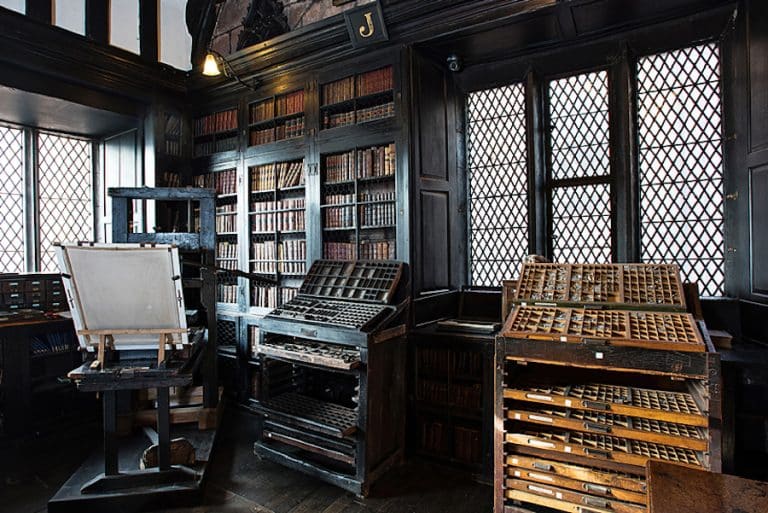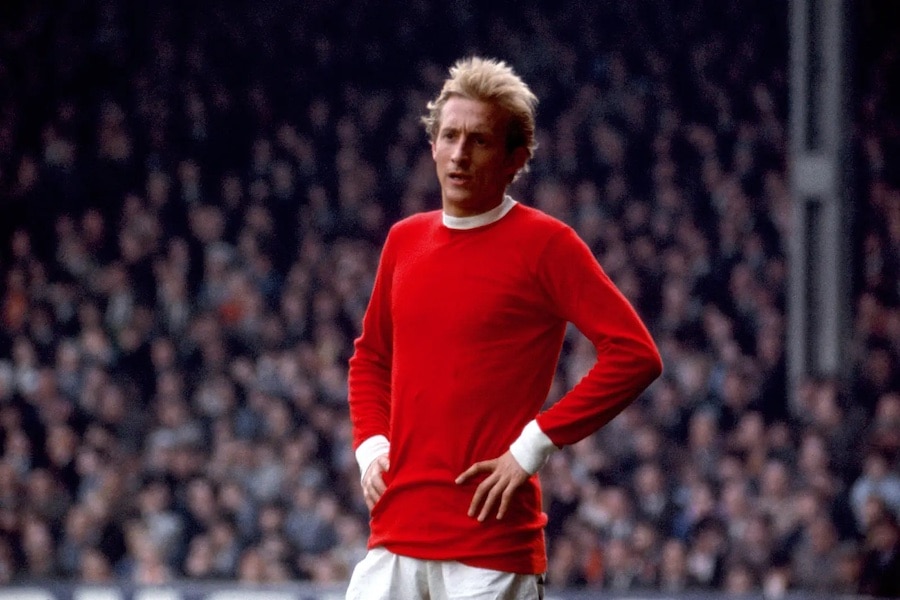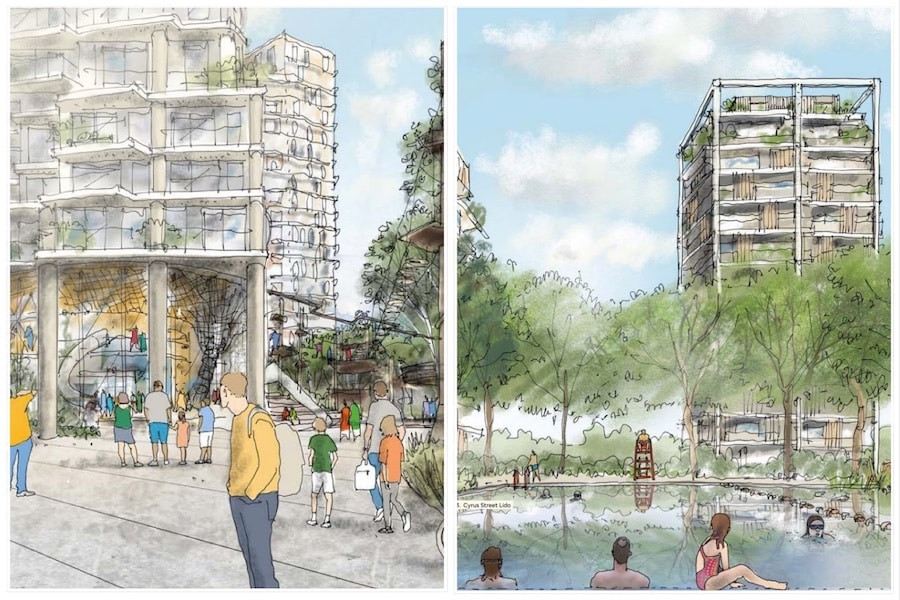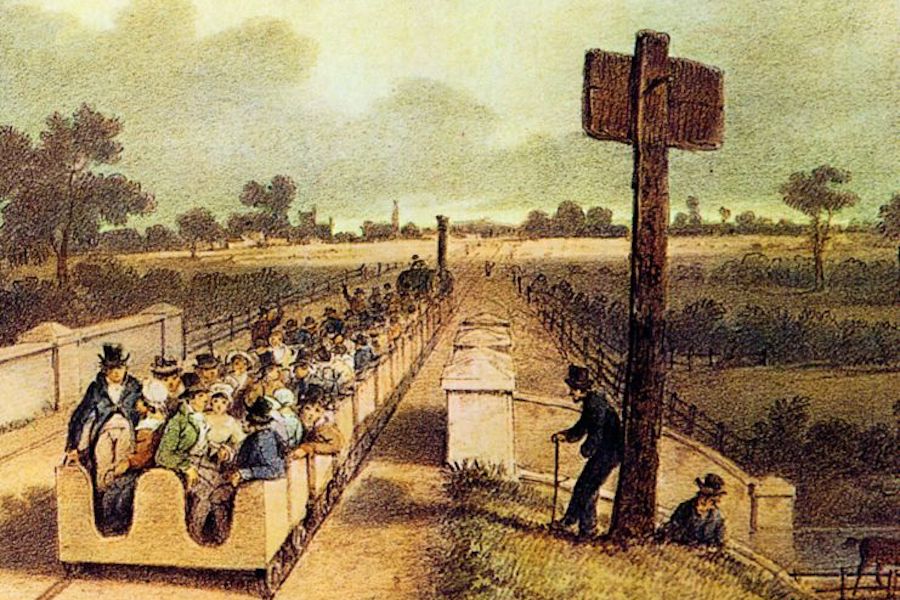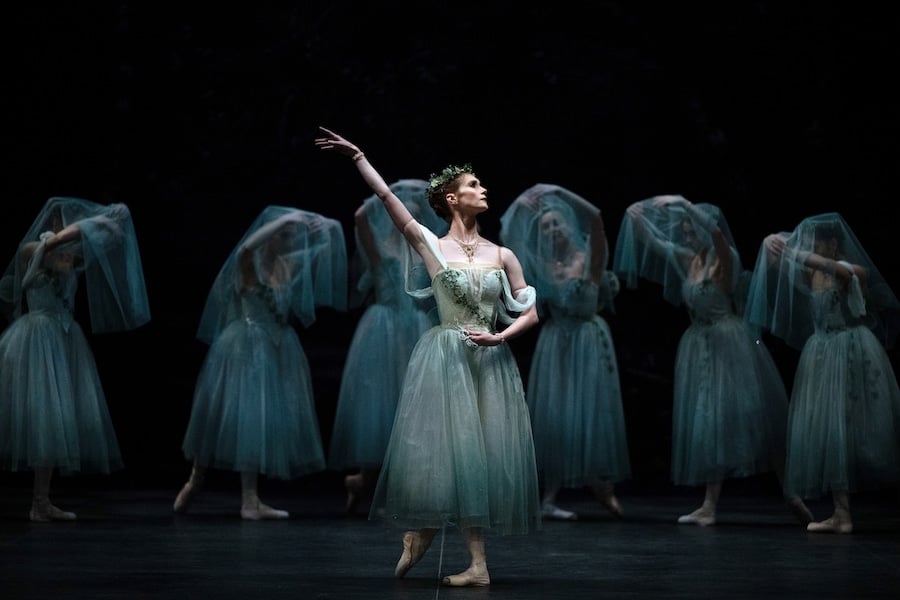Why Manchester needs a new city centre park – and a breath of fresh air
- Written by Ray King
- Last updated 7 years ago
- City of Manchester, Community
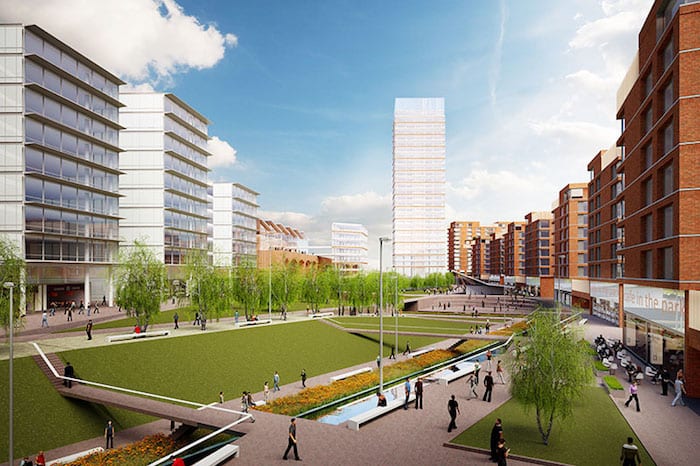
A new 6.5-acre park will be the centrepiece of the planned Mayfield development close to Piccadilly station.
The area of green space expected around 2020 will amount to the equivalent of ten football pitches.
Manchester city centre has been in need of a breath of fresh air and a bit of peace and quiet for the best part of two centuries – even more so now that more and more people are opting to live in the city centre.
But as the world’s first industrial city developed at astonishing speed – its population doubling between 1801 and the 1820s, then doubling again to 400,000 in 1851 – most of the industrialists driving the growth put profit before aesthetics. Manchester is growing. They could retreat to their countryside estates. Who needed green spaces in the midst of the masses?
When Philips Park opened in the Medlock Valley in 1846 – one of the world’s first municipal parks – it was on the periphery. The same was true for most of the others that followed – Queen’s Park, Harpurhey, Whitworth and Alexandra Parks heading south, and the biggest of all, Heaton Park, purchased by the corporation in 1902.
Unlike London, with its extensive Royal Parks, and New York, where Central Park sits within easy reach of midtown, Manchester has no broad grassy and leafy acres at its heart. So fast was its growth and so strong the yen for a fast buck, there was no opportunity.
Even when the Luftwaffe ‘s bomb damage left swathes of open space after the Second World War – the site of the Victoria Buildings, destroyed by incendiaries in 1940, became gardens fronting the Old Shambles until the late 1960s – the opportunity was lost. There was no money in austerity Britain for new public parks. The overriding need was reconstruction and rebuilding what was lost.
There are green spaces in the city centre – Parsonage Gardens and St John’s Gardens off Deansgate; Sackville Gardens near the Gay Village, odds and ends in Spinningfields, and in Castlefield and Cathedral Gardens. But provision is fragmented and none is very far from traffic. St Ann’s Square, Albert Square and St Peter’s Square, grand as they are, are hardly havens of peace either.
Perhaps one day there will be scope for greening up the space – currently a car park – fronted by the grand Venetian gothic facade of the Crown Courts in Minshull Street.
There could also be an opportunity between Canada House and Chepstow House on Great Bridgewater Street near the Peverill of the Peak, maybe linking with the area around the Bridgewater Hall. One day perhaps.
And what about the biggest bone of contention of them all – so called Piccadilly Gardens? This was a much loved green space with flower beds replanted regularly by the season, but now paved over to save on the cost of maintaining it. Part was sold off to the developers of One Piccadilly Gardens to fund the “improvements in the public domain” demanded as part of a deal for the refurbishment of Piccadilly Plaza.
https://ilovemanchester.com/2018/03/01/plans-manchester-city-centres-new-public-park-go-display.aspx
Which begs the question: how and by whom will the city centre’s newest “parks” be maintained?
A new park on the River Irwell uncovering the riverfront and reinstating the historic ‘Apple Market’ near the Cathedral and Chetham’s School of Music, first envisaged as part of the masterplan following the IRA attack of 1996, is closer to fruition, but questions over maintenance remain.
The town hall could hive off parks maintenance to the private sector, but memories of the attempt in the 1990s to franchise Heaton Park’s golf course to provide the millions required to upgrade the park and James Wyatt’s historic hall, led to what the late Kath Fry, a senior Labour councillor, described as “a political nightmare”.
When the franchise was advertised, the winning bid came from Eddie Shah, boss of the Messenger newspaper group, who had controversially battled with the printing unions ten years earlier. Trade unionists and the city Labour Party were appalled and a deal was eventually blocked. It has taken more than 20 years for the restoration of Heaton Hall to be completed.
- This article was last updated 7 years ago.
- It was first published on 7 March 2018 and is subject to be updated from time to time. Please refresh or return to see the latest version.
Did we miss something? Let us know: [email protected]
Want to be the first to receive all the latest news stories, what’s on and events from the heart of Manchester? Sign up here.
Manchester is a successful city, but many people suffer. I Love Manchester helps raise awareness and funds to help improve the lives and prospects of people across Greater Manchester – and we can’t do it without your help. So please support us with what you can so we can continue to spread the love. Thank you in advance!
An email you’ll love. Subscribe to our newsletter to get the latest news stories delivered direct to your inbox.
Got a story worth sharing?
What’s the story? We are all ears when it comes to positive news and inspiring stories. You can send story ideas to [email protected]
While we can’t guarantee to publish everything, we will always consider any enquiry or idea that promotes:
- Independent new openings
- Human interest
- Not-for-profit organisations
- Community Interest Companies (CiCs) and projects
- Charities and charitable initiatives
- Affordability and offers saving people over 20%
For anything else, don’t hesitate to get in touch with us about advertorials (from £350+VAT) and advertising opportunities: [email protected]
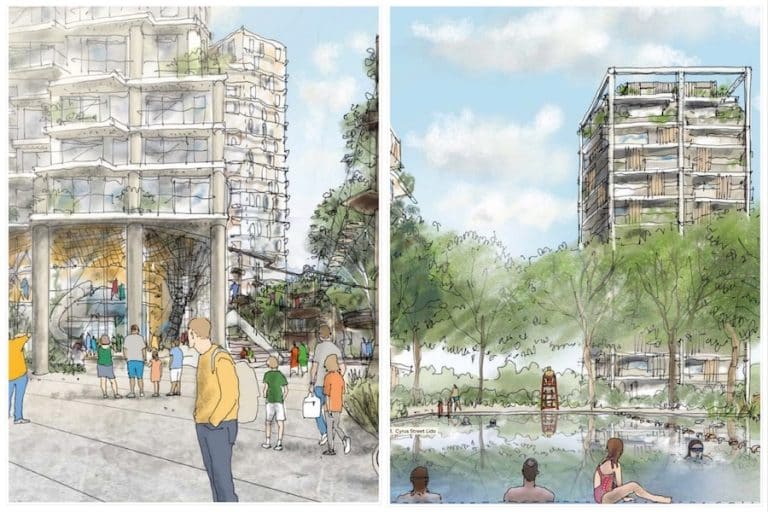
Areas ‘astonishing’ transformation will include Manchester’s first Lido in decades
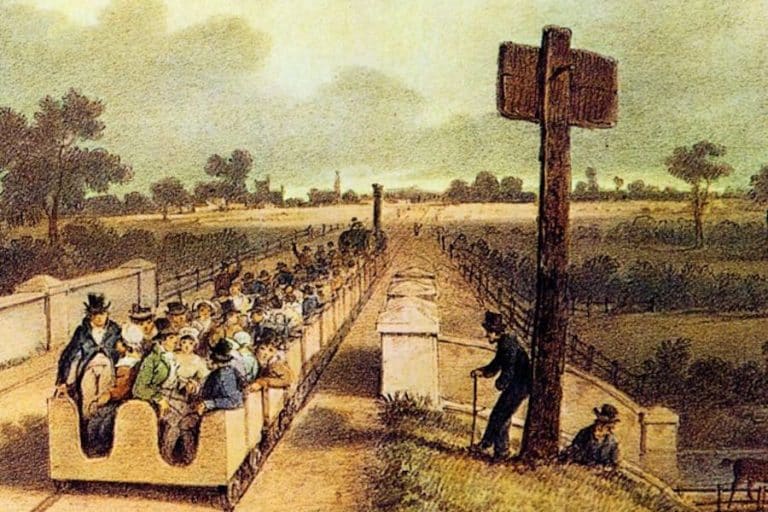
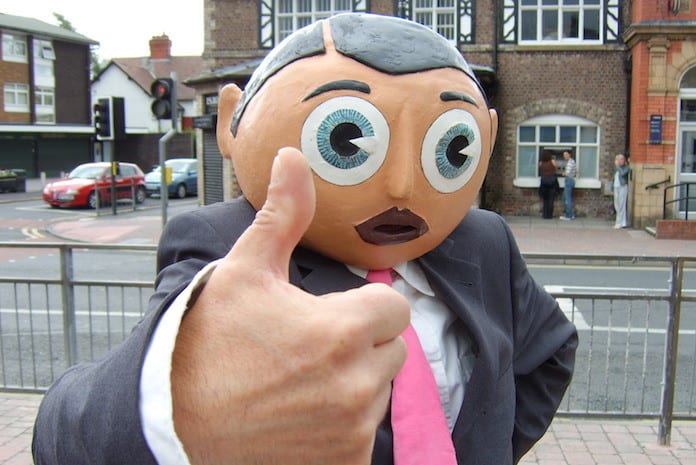

How shared ownership can get you on the property ladder in 2025

New exhibition unravells the truth about cotton and slavery in Manchester’s industrial rise
